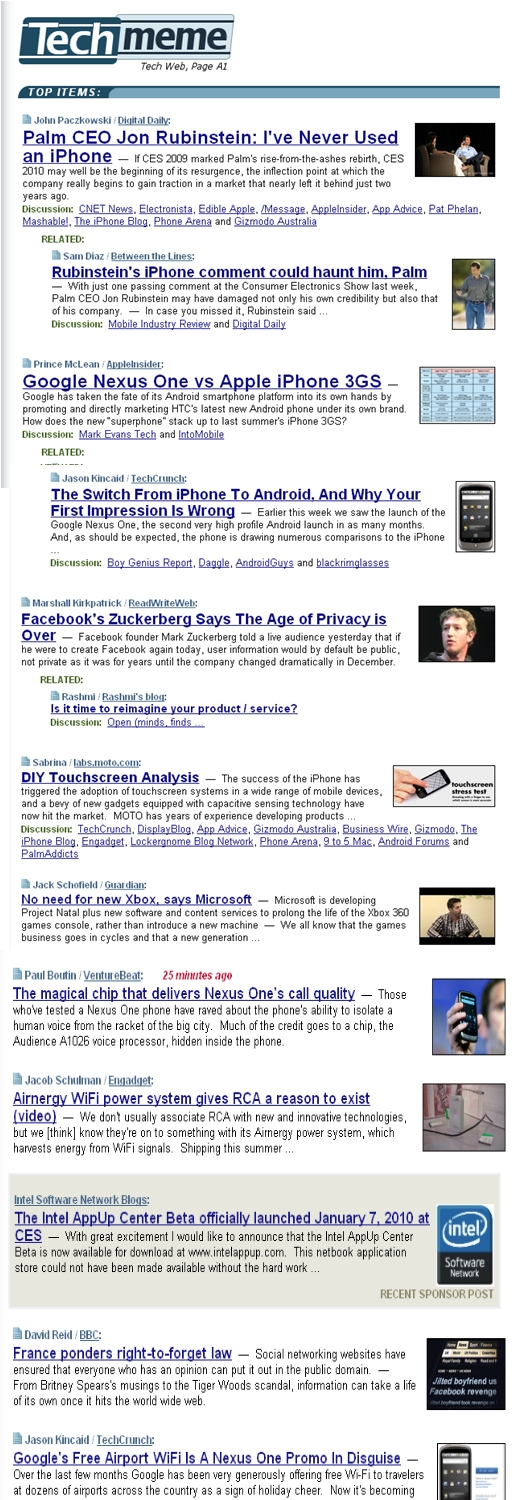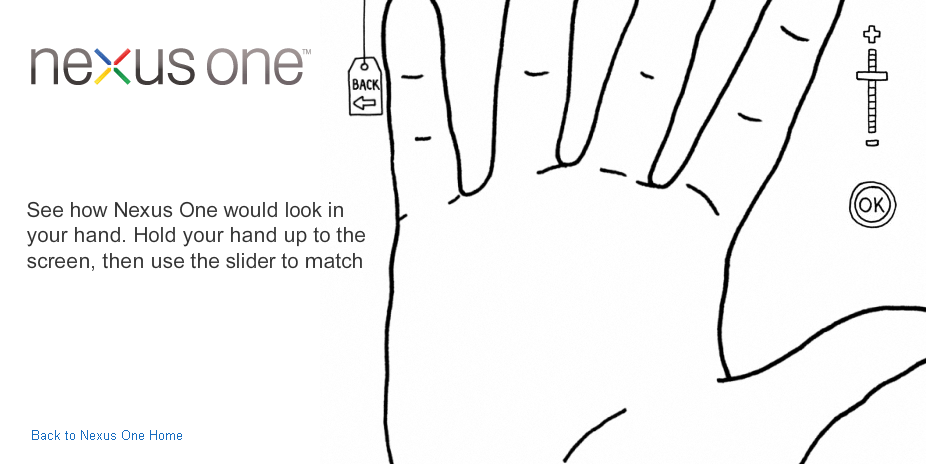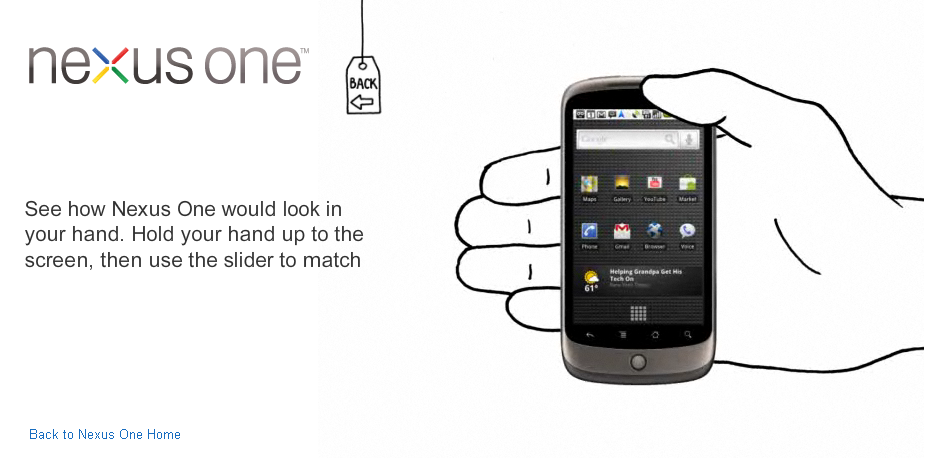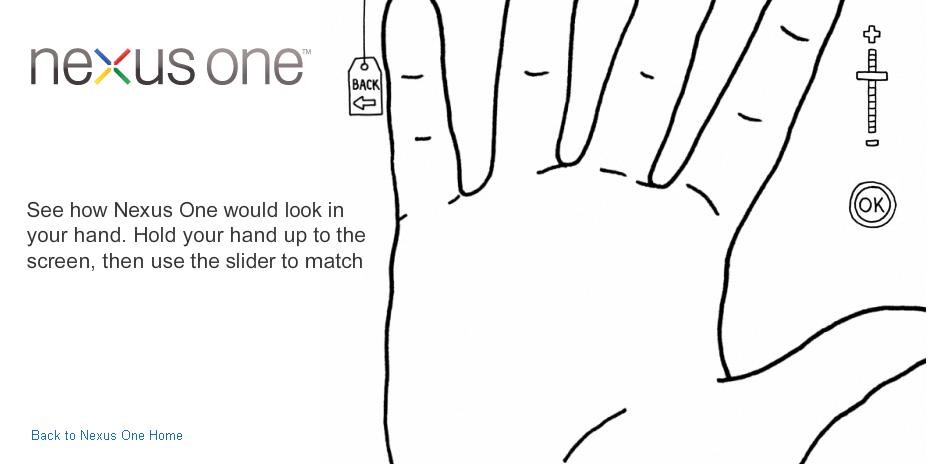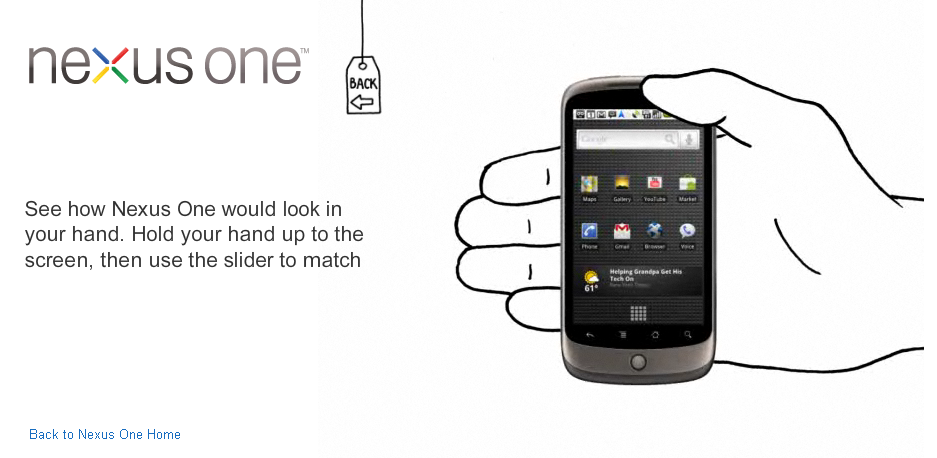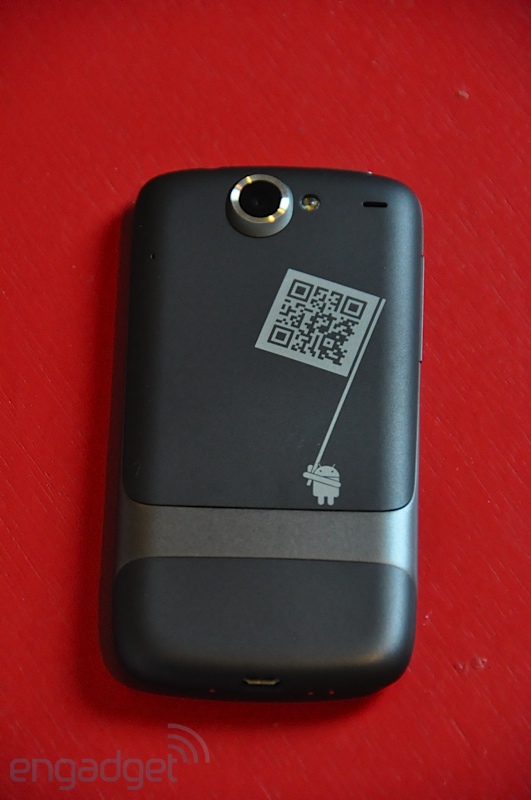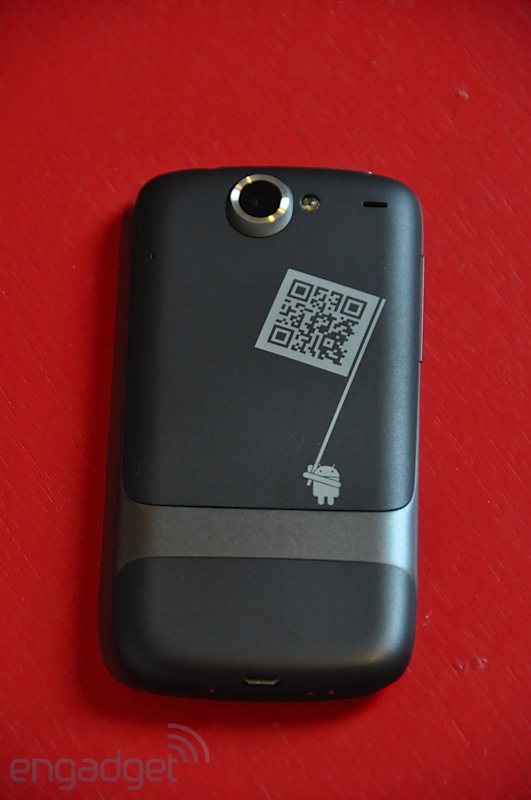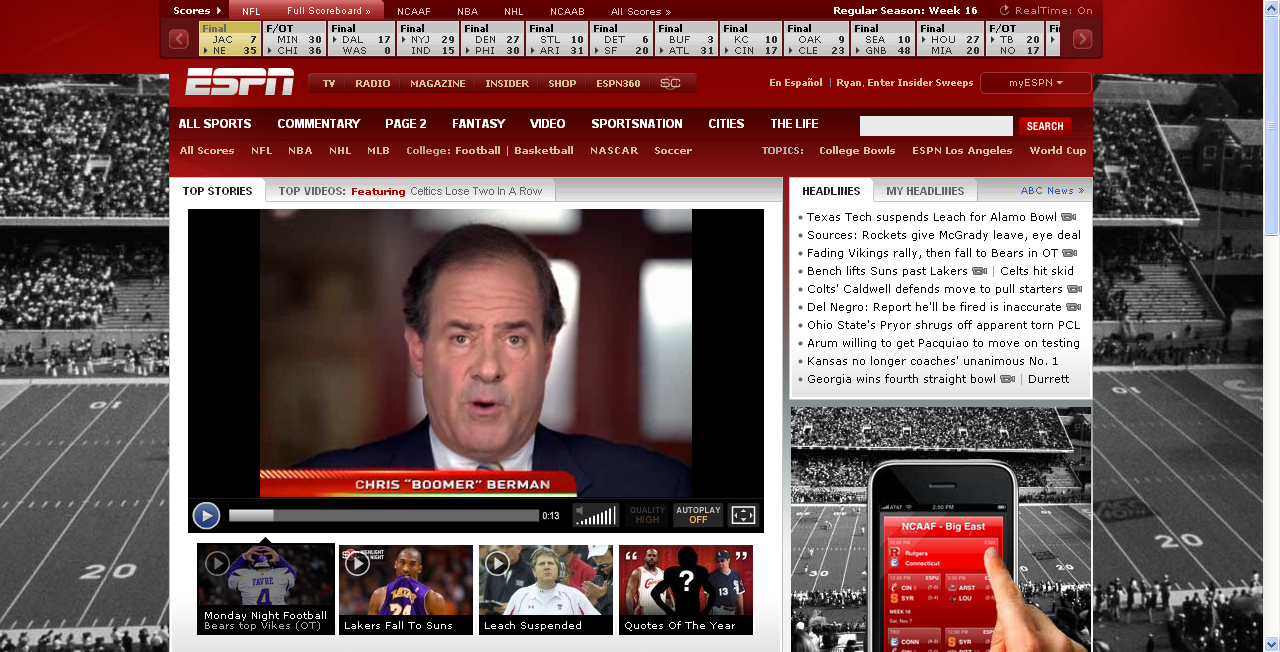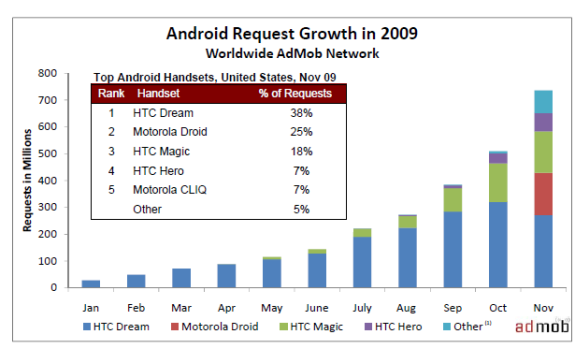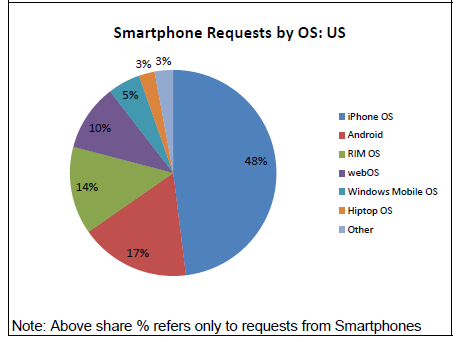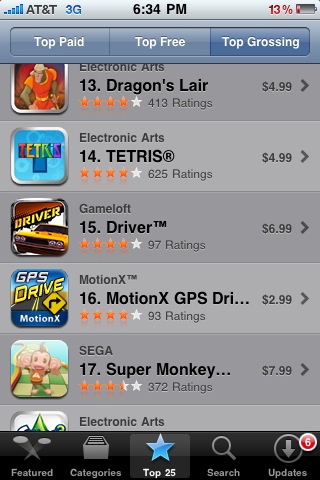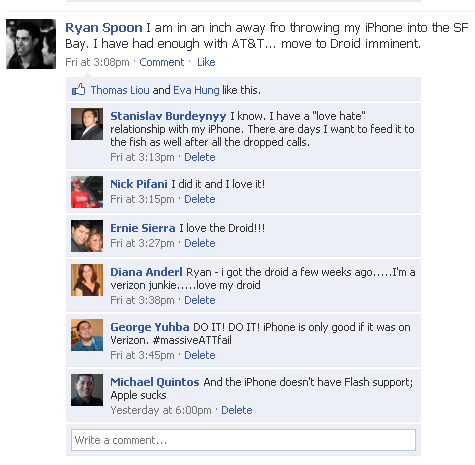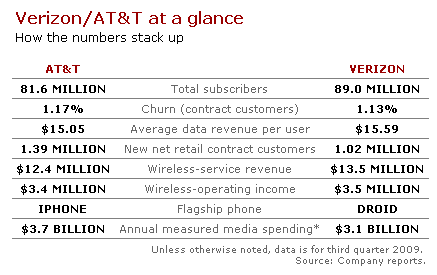I find myself talking more and more about "mobile". Entrepreneurs, friends or colleagues frequently ask what interests me; and undoubtedly, we spend a good chunk of that conversation on mobile. I find myself writing more and more about mobile. I have a mobile category on the blog - and it seems to be filling up the most quickly (thanks to my infatuation with the Google Nexus One).
I find my web habits shifting more and more to the mobile web... as it does for so many others. And it is clearly a trend that will continue as devices get stronger, faster and sexier. Take a look at Techmeme this morning and you will notice that the majority of the headlines are mobile related. In fact, eight of twelve headlines are mobile, from Palm to Google's Nexus One to Android and iPhone and so forth. Of course, this is a skewed week due to CES and Google's announcement - but these occurrences are becoming more regular than irregular.
I was at the Crunchies on Friday evening and was struck by:
- the number of companies for which mobile is a key role (from Facebook to Dropbox to Yelp to Animoto, etc) - the number of Google Nexus One phones in the crowd (amazing considering the device is days old) - the way the audience was tweeting and Facebook-ing the *entire* event via their phones - the focus - both in presentation but social discussion - on next-generation web usage (tablets, netbooks, Chrome, etc), which can be thought of as a large extension of the mobile web
Of course, if you are working in mobile or are interested in Polaris and Dogpatch Labs - I would love to chat!
